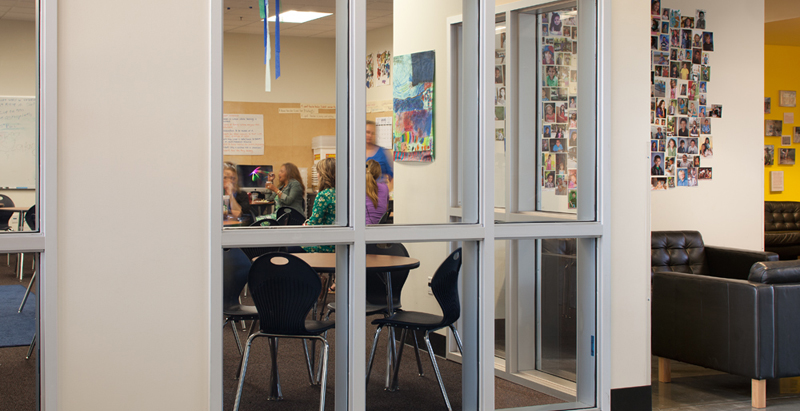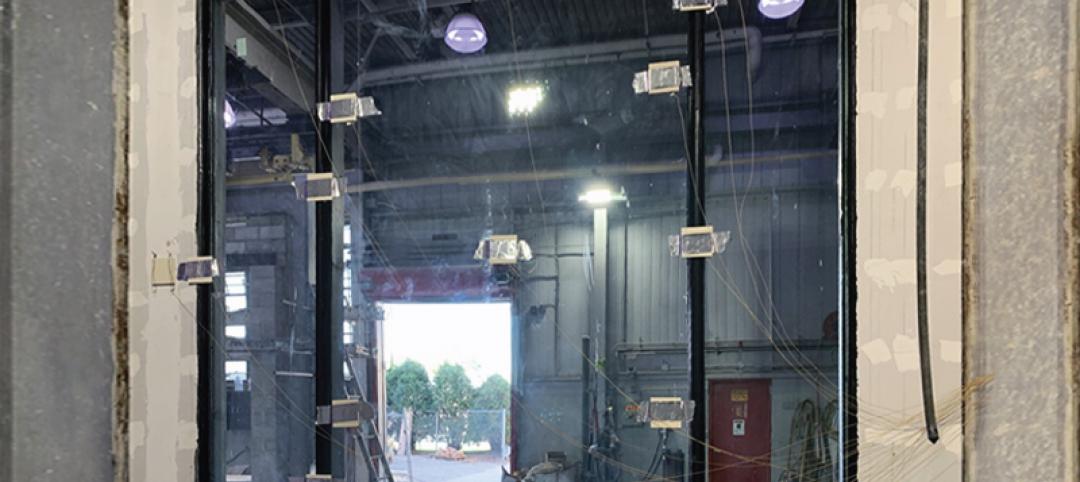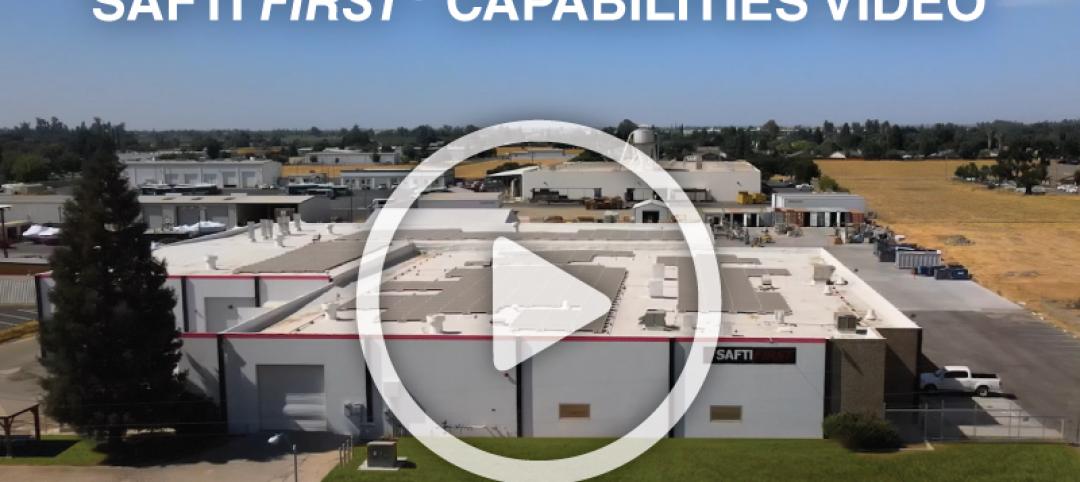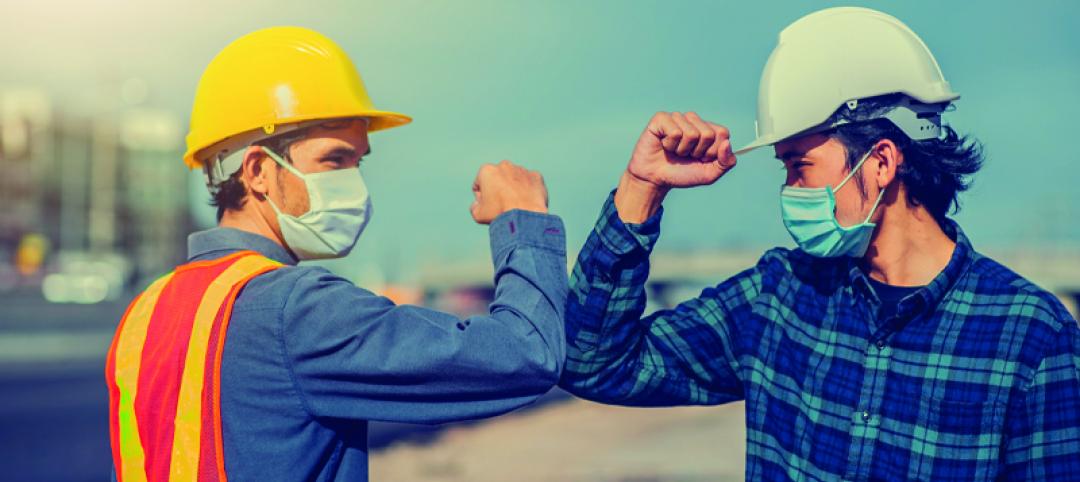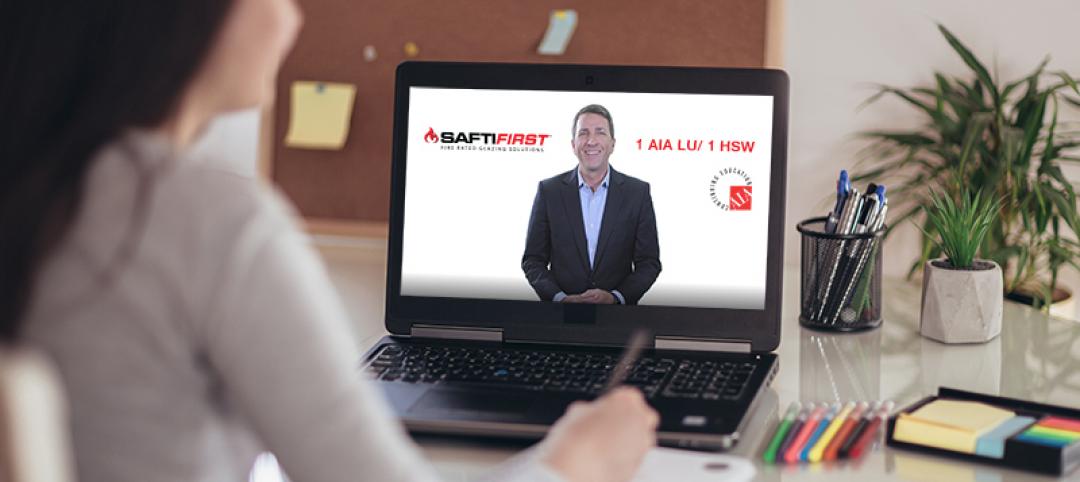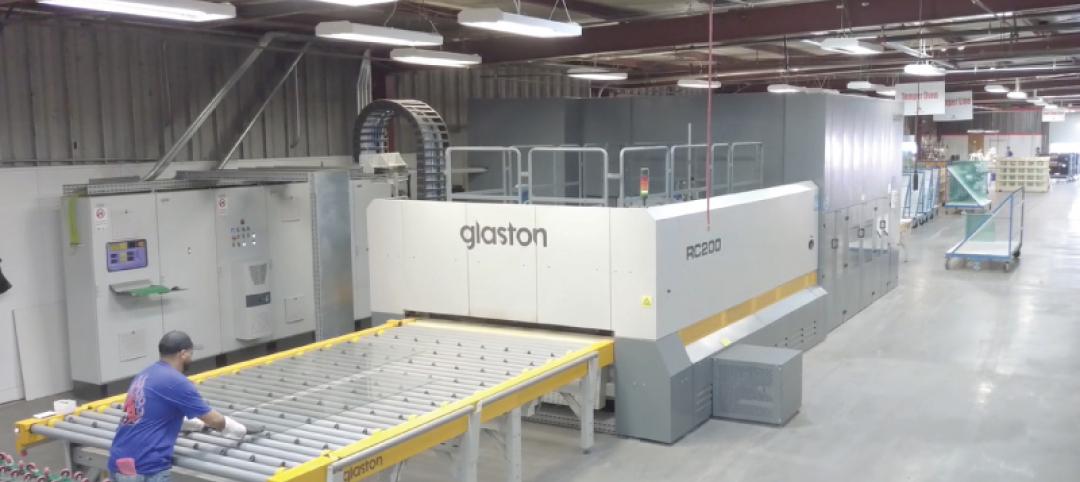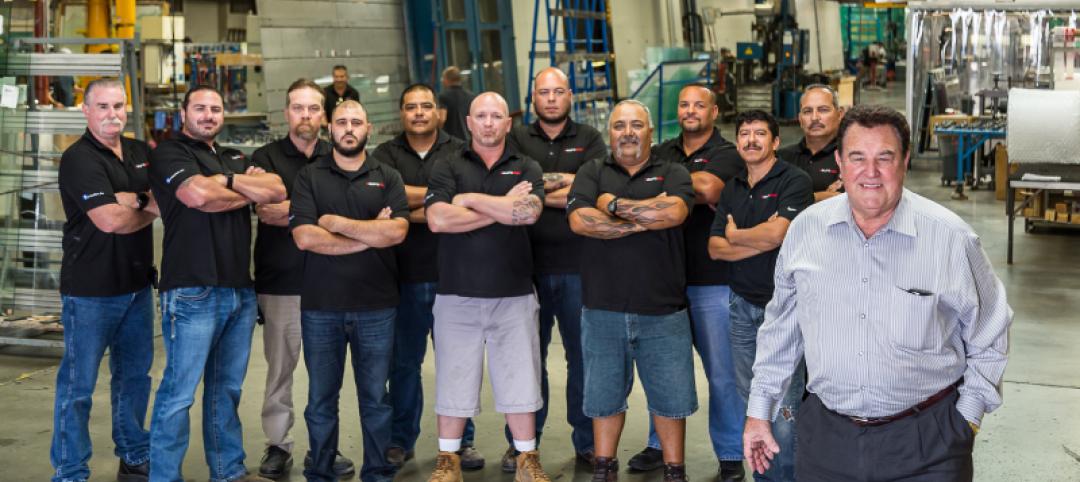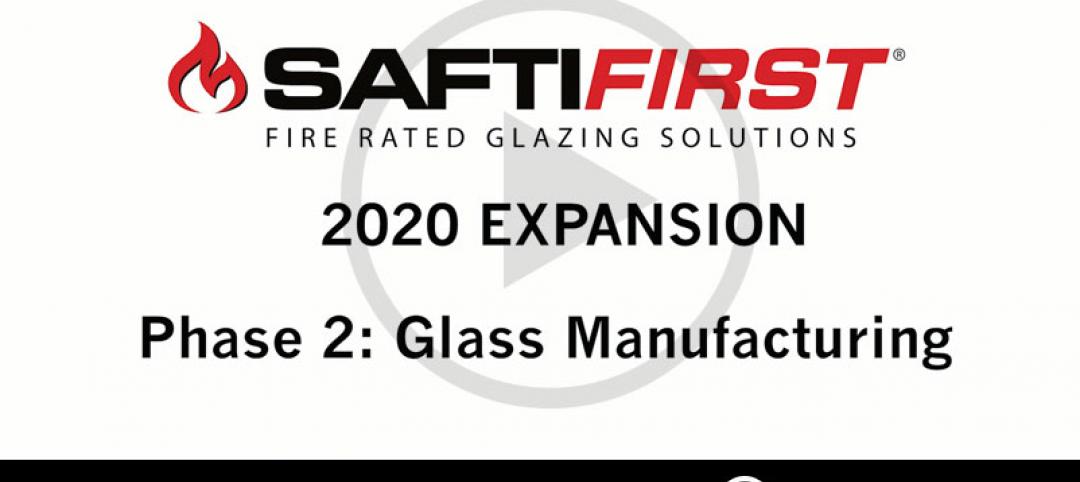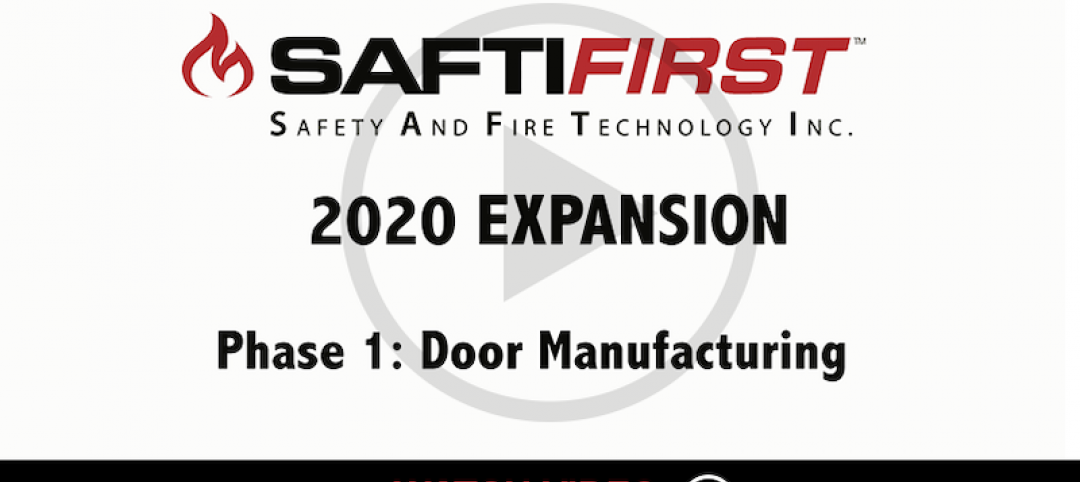When you warm yourself in front of a fireplace, you experience radiant heat firsthand. In small doses, radiant heat can be warm and welcoming, but the amount of radiant heat generated by an uncontrolled fire can be a serious threat to life safety and property.
Here’s what happens: fire emits electromagnetic radiation that travels in invisible waves through space. When these waves hit a combustible material or a person, the radiant energy is absorbed and converted into heat. When radiant heat is absorbed by a combustible material, the object catches fire when the material’s ignition temperature is reached. Protecting people from radiant heat is vital because exposed individuals quickly feel unbearable pain, followed by second-degree burns, making safe egress impossible.
Because the effects of radiant heat are life-threatening and potentially devastating, current IBC model building codes require that fire-rated glazing assemblies serving as walls, floors, or ceilings must meet ASTM E-119/NFPA 251/UL 263, which limits the temperature-rise on the non-fire side to no more than an average 250 degrees F above ambient. Setting temperature-rise limits on the non-fire side glazing surface essentially limits the allowable amount of radiant heat transmittance and ensures that occupants can exit the building safely or seek safe harbor while awaiting rescue. These applications are normally found in stairwells, fire barriers and fire walls.
But what about exit corridors with 45 minute fire rated glass in windows and sidelites – shouldn’t building occupants passing through these corridors to exit the building be safely protected from radiant heat as well? In the US, 45 minute fire rated glass used in windows and sidelites is tested to NFPA 257/UL 9, and these standards require the glazing to block the passage of flames without any mandatory measurement of radiant heat flux or non-fire side surface temperatures. This allows glazed openings in interior walls to serve as passageways through which radiant heat enters the corridor to potentially burn building occupants or ignite combustible materials like wood, drapes, paper, etc.
In this short video, Daniel Klingebiel, facilities supervisor at the National Center for International Schools in San Francisco, expressed his concern about the radiant heat passing through the sidelites that reach all the way to floor level. So when the school underwent a renovation, Daniel decided to replace the existing wired glass with tempered fire rated glass that provided impact safety and radiant heat protection.
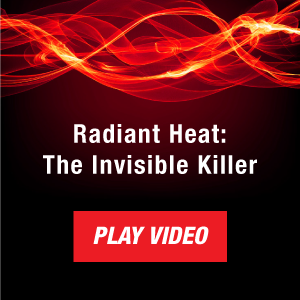
In those countries that have adopted European test standard EN 1363-2, the importance of protecting against radiant heat flux is recognized by assigning an EW rating to glazing products that may not provide the full insulating performance required to significantly limit non-fire side surface temperatures, yet they still limit radiant heat transmittance to a level deemed relatively safe for momentary exposure. Much like the elimination of the exemption given to wired glass for not meeting the federal safety glazing standard in the US, the adoption of the EW rating in Europe and the Far East has spurred the development of safer products. Use of the rating also supports the development of building codes stipulating the types of applications where these fire-rated glazing products must be used. The EW performance rating bridges the gap between minimum and maximum levels of fire protection. Typically an increase in performance levels results in product improvements and greater market diversity.
Perhaps it’s time that test standard development committees consider how they can spur growth within the fire-rating glazing industry while improving public safety.
To learn more about fire-rated fenestration, please enroll in one of our free interactive webinars.
More from Author
Bill O'Keeffe | Oct 19, 2020
Going virtual
Manufacturers use virtual platforms to help architects meet CEU requirements.
Bill O'Keeffe | Jul 16, 2020
Obsolete?
"Revolutional, affordable, USA made Fire Rated Glazing for all fire protective areas makes ceramic glazing obsolete". Check out SuperClear 45-HS and SuperClear 45-HS-LI to understand why!
Bill O'Keeffe | Feb 10, 2020
USA-made fire rated glazing goes big in 2020
We are pleased to announce and share that the second phase of this $8 million expansion, upgrading our fire rated glass manufacturing facilities in Merced, California, is underway.
Bill O'Keeffe | Nov 20, 2019
Demand for advanced, USA-made fire rated glazing “RAISES THE ROOF”
With architects specifying full-vision, code-compliant, 60 and 90 minute, temperature rise doors for exit stairwells and other code required applications, we found this as an opportunity to expand our product offerings.

